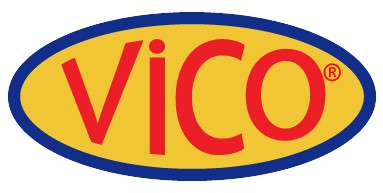-
-
-
Total payment:
-

Characteristics of lost foam casting
Posted by Vico Casting Export Company Limited at 16/02/2023
Lost foam casting has numerous advantages over traditional sand casting. It has the following advantages:
(1) Castings with high dimensional accuracy
The casting is formed all at once in the lost foam casting process. Because it does not need to take the shape of a sand casting and does not require a parting surface or a sand core, the castings produced have no dimensional deviation, burr, flash, or draft angle. It is a forming process characterized by high dimensional shape accuracy and surface finish.
(2) It has a high rate of production.
The molding cycle is short because there is no need for sand mixing and sand mixing in the traditional sand mold casting process; when molding, there is no parting surface and sand core, which not only simplifies the process, but also reduces operations such as box splitting, box closing, core lowering, and mold turnover, but also enables the pouring of multiple parts in one box. As a result, this advantage is more pronounced for castings with a large production batch and complex geometry.
(3) There is a lot of leeway in product design.
Because the foam pattern can be used for the subsequent bonding processes to make parts with complicated geometry that can be produced at once by using the lost foam casting process, lost foam casting can improve the overall performance of the product. Furthermore, lost foam casting eliminates the need for a parting surface and a sand core, increasing the design freedom of products with complex shapes.
(4) Cleaner production
The filling of molten metal causes the combustion of the foam pattern to decompose, the amount of gas generated by decomposition is small, the emission time is short, it is easier to burn and purify, and the product after purification is environmentally safe. Because the lost foam casting mold employs negative pressure to compact dry sand, the labor intensity of cleaning falling sand is reduced, and the recovery rate of old sand is also very high, improving the foundry industry's working environment.
(5) The casting quality has been improved, and the scrap rate has been reduced.
Because lost foam casting does not require a parting surface or mold taking, defects such as wrong box, burr, and flash can be avoided. Furthermore, unlike traditional sand casting, lost foam casting uses dry sand and does not require the use of a binder, moisture, or other additives, which reduces casting defects. Furthermore, vacuum negative pressure pouring is used in lost foam casting, which improves the density of the casting structure because the negative pressure improves mold filling and liquid metal feeding ability.
(6) Broad applicability
Lost foam castings can be used for cast iron and steel castings, as well as aluminum and copper castings. Castings with simple geometry and castings with complex geometry are both applicable in terms of casting shape. Of course, lost foam casting has many advantages, but it also has limitations. When compared to traditional sand casting, lost foam casting eliminates the process of core making and core lowering; however, lost foam casting requires the design and manufacture of a foam forming mold, which takes time. Furthermore, the internal sprue size of lost foam casting is large, which complicates cleaning. Furthermore, the reaction of metal liquid and foam pattern lowers the temperature of the front of metal liquid, reducing the fluidity of molten metal and affecting casting quality. Because of its low strength, the foam pattern tends to deform during the dry sand compaction process, resulting in casting shape deviation.











